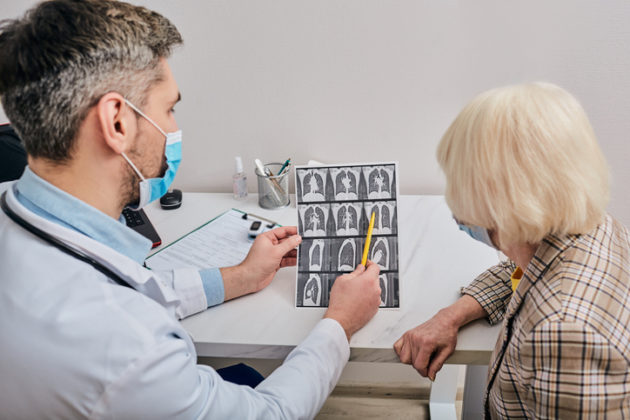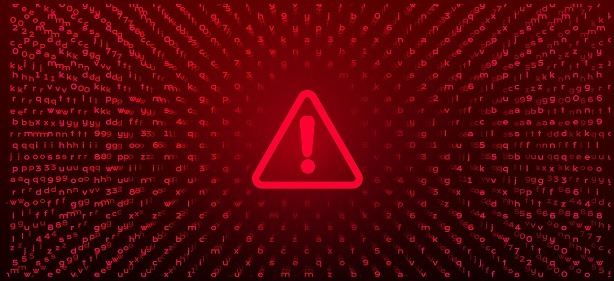A study identified alterations in patients with juvenile myoclonic epilepsy (JME) compared to healthy patients. The findings were published in Brain and Behavior.
This retrospective study took place at single tertiary hospital and consisted of 35 patients with newly diagnosed JME, and 34 healthy subjects. Volumetric T1-weighted imaging and FreeSurfer software were used to calculate structural volumes of 18 nuclei in the amygdala, and 38 hippocampal subfields. Subsequently, the researchers performed an analysis of the intrinsic amygdala-hippocampal global and local network based on the structural volumes.
According to the results, there were significant differences observed in the global network between patients with JME and healthy controls. Specifically, the mean clustering coefficient was appreciably lower in patients with JME compared to healthy controls (0.473 vs. 0.653, p=0.047). Moreover, the researchers revealed that specific regions in the hippocampal subfields displayed significant differences in the local network between the groups; including an increase in centrality of the right CA1-head, right hippocampus-amygdala-transition area, left hippocampal fissure, left fimbria, and left CA3-head in JME patients.
“The intrinsic amygdala-hippocampal global and local networks differed in patients with JME compared to healthy controls, which may be related to the pathogenesis of JME, and memory dysfunction in patients with JME,” the researchers concluded.
Link: https://pubmed.ncbi.nlm.nih.gov/34221962/
Keywords: amygdala, hippocampus, juvenile myoclonic epilepsy









